Slip-and-fall accidents at Sarasota businesses transform ordinary shopping trips or dining experiences into painful ordeals requiring extensive medical care and lost work time. Proving negligence determines whether property owners bear legal responsibility for your injuries and resulting financial losses. From wet floors at Publix stores to uneven walkways at St. Armands Circle, establishing that property owners failed to maintain safe premises requires specific evidence and legal knowledge.
Key Takeaways for Negligence in Slip-and-Fall Cases
- Florida law requires proving the property owner had actual or constructive knowledge of the dangerous condition that caused your fall.
- Four legal elements must be established: duty of care, breach of duty, causation, and damages.
- Evidence like surveillance footage, witness statements, and maintenance records strengthens negligence claims.
- Florida Statute 768.0755 governs slip-and-fall cases in business establishments with specific requirements.
- Acting quickly helps preserve crucial evidence before it disappears or gets destroyed.
What Counts as a Florida Slip-and-Fall Claim
Not every fall on someone else’s property creates a valid legal claim. Florida slip-and-fall cases require specific circumstances establishing property owner liability for injuries. The accident must occur due to a dangerous condition the property owner created, knew about, or should have discovered through reasonable care.
Valid slip-and-fall claims involve hazardous conditions property owners failed to address. Common scenarios include spills left uncleaned, broken flooring creating trip hazards, inadequate lighting hiding dangers, or missing handrails where building codes require them. The distinction centers on whether the property owner’s action or inaction created unreasonable danger for lawful visitors.
How Visitor Status Affects Duties
Florida courts evaluate duties by visitor status. Attorneys apply these categories to show what inspections and warnings reasonable care requires. Business customers at Sarasota retailers receive the highest protection as “invitees,” requiring property owners to regularly inspect for dangers and promptly address hazards. Social guests at private homes receive lesser protection as “licensees,” while trespassers generally cannot recover compensation unless they were facing intentional harm.
The location of your fall within the property also matters. Falls in customer-accessible areas like store aisles create stronger claims than accidents in restricted zones. Property owners must anticipate customer movements and maintain safe conditions throughout areas where business operations invite public presence. Back rooms marked “Employees Only” carry different legal standards than shopping floors.
Legal Elements of Negligence in Florida
Proving negligence in Florida slip-and-fall cases requires establishing four essential legal elements. Missing any element may defeat your claim, making comprehensive evidence gathering critical from the start. Each element builds upon the previous one, creating a complete picture of property owner responsibility.
Duty of Care
Property owners owe specific duties to maintain reasonably safe premises for lawful visitors consistent with the property’s operations and documented policies. This duty includes regular inspections, prompt hazard correction, and adequate warnings about dangers that cannot be immediately fixed. The scope of duty varies based on visitor classification and property type.
Commercial properties have heightened duties, including proactive inspections and timely warnings. For example, grocery produce sections where fruit frequently drops require monitoring. Beverage stations at convenience stores need spill-resistant flooring and cleanup protocols. Freezer aisles demand attention to condensation, which creates slippery surfaces.
Residential property owners owe lesser duties to social guests, primarily warning about known hidden dangers. Apartment complexes and condominiums occupy the middle ground, owing residents and guests reasonable maintenance of common areas. Each property type carries specific maintenance expectations under Florida law.
Breach of Duty
Establishing a breach requires showing the property owner failed to meet their duty of care. Active breaches involve creating hazards through poor decisions such as using inappropriate cleaning products, installing defective materials, or removing safety features. Passive breaches occur through neglect, including ignoring dangerous conditions, failing to inspect, or delaying repairs.
Evidence of breach may come from demonstrating systematic failures. Properties lacking inspection schedules, maintaining inadequate staffing, or showing patterns of similar incidents may reveal ongoing negligence. Following some procedures doesn’t excuse obvious hazards that require immediate attention.
Causation
The property owner’s breach must directly cause your injuries for liability. This requires factual cause (but-for the condition, no fall) and proximate cause (foreseeable result). Multiple contributing factors don’t necessarily excuse owner liability if their negligence substantially contributed.
Challenges arise when pre-existing conditions, footwear, or distractions complicate analysis. Florida law recognizes concurrent causes, potentially holding negligent owners responsible even when the victim partially contributed. The key question remains whether proper maintenance would have prevented the fall.
Damages
Proving damages requires documenting all losses from injuries. Medical bills provide starting documentation, but damage proof extends beyond immediate costs. Emergency treatment, diagnostics, specialists, therapy, medications, and equipment contribute to economic damages.
Lost wages encompass missed days, reduced capacity, lost opportunities, and depleted leave. Self-employed individuals use tax returns and contracts to show reduced productivity.
Non-economic damages address pain, suffering, and loss of enjoyment. These damages may exceed economic losses for severe injuries. Documentation through medical records and personal testimony establishes the full impact.
Proving Notice Under § 768.0755
Florida Statute 768.0755 governs slip-and-fall cases involving transitory foreign substances in business establishments. This law requires proving the business had actual or constructive knowledge of the dangerous condition before liability attaches. Florida’s Standard Jury Instructions guide how courts evaluate this knowledge requirement.
Actual Knowledge Requirements
Actual knowledge exists when employees observed hazards or created them. Evidence strengthening claims includes surveillance showing workers ignoring spills, incident reports before falls, or employee admissions. Customer complaints to management create actual knowledge requiring action.
Employee communications may reveal knowledge through messages about spills, maintenance requests, or shift notes. Incomplete responses establish knowledge. Small cones near large spills show awareness while highlighting an inadequate response. Any direct observation by staff creates a duty to act reasonably.
Constructive Knowledge Standards
Constructive knowledge applies when conditions existed long enough for discovery through reasonable care, or occurred with regularity, making them foreseeable. Time becomes crucial. An extended presence may indicate negligence, while recent spills may not.
Physical evidence that may indicate an extended duration includes dried edges, dirt accumulation, footprints through substances, or separated liquids. Recurring patterns may support constructive knowledge even when the specific duration is unclear. Produce that falls on the ground, beverage spills, or entrance water during rain create foreseeable hazards that require prevention.
Courts evaluate multiple factors, including hazard visibility, traffic patterns, inspection procedures, and incident history. Properties with recurring problems face stricter standards since patterns demand proactive measures rather than reactive cleaning.
Location-Specific Challenges
Beach-adjacent properties face sand, creating slip hazards on smooth surfaces. Hotels managing pool decks address wet surfaces, algae, and deteriorating coatings. Marina restaurants handle dock moisture and fish-cleaning areas. Each environment demands protocols to address inherent dangers.
Downtown Sarasota’s historic buildings present infrastructure challenges. Worn entrances become dangerous when wet, original flooring lacks modern slip resistance, and settling creates uneven surfaces. Historical status does not remove the duty to address unsafe conditions. Safety modifications are still required.
Tourist areas like St. Armands Circle combine multiple hazards. Heavy foot traffic, outdoor dining, proximity to beaches, and varying maintenance standards between businesses create complex liability scenarios. Property boundaries and shared maintenance responsibilities may complicate claims.
Critical Evidence to Preserve
Building strong cases requires immediate evidence collection. Each piece strengthens different claim aspects, creating comprehensive proof of negligence. Time-sensitive evidence demands quick action to prevent loss or destruction:
- Visual documentation through photos and video from multiple angles showing hazards and context
- Surveillance footage revealing duration, employee awareness, and accident dynamics
- Witness information, including contact details for customers, employees, and helpers
- Documentary evidence like incident reports, maintenance records, and prior complaints
- Medical records establishing an injury connection through immediate and ongoing treatment
Preservation Strategies
Request preservation letters immediately. Surveillance systems overwrite footage within days or weeks depending on storage capacity. Written demands create legal obligations preventing destruction. Include requests for all angles, not just accident areas.
Witness memories fade quickly. Obtain written statements or recorded interviews promptly. Out-of-state witnesses, which are common in Florida, require special attention. Video depositions allow testimony without return travel. Employee witnesses may need subpoenas compelling truthful testimony.
Physical evidence changes as repairs occur. Document conditions immediately and repeatedly if hazards persist. Weather data, lighting measurements, and traffic patterns provide context. Professional photographers or investigators may capture details you miss initially.
Comparative Negligence in Florida
Florida’s modified comparative negligence system affects slip-and-fall recovery. You may recover damages only if bearing 50% or less fault. This threshold makes challenging fault assignments critical. Florida Statute 768.81 governs this allocation.
Insurers often raise predictable arguments to shift fault away from the property owner. Common claims include:
- Footwear: asserting your shoes were inappropriate for the conditions.
- Distraction: alleging phone use, conversation, or merchandise drew your attention.
- Safety features: claiming you failed to use handrails or safer routes.
- Movement: arguing you walked too fast or carelessly despite the hazard.
Counter these points by documenting inspections, maintenance gaps, and notice evidence tied to the specific hazard.
Countering Fault Arguments
Successfully opposing comparative negligence requires demonstrating owner negligence outweighed victim contributions. Systematic failures, code violations, or prior incidents help establish primary fault. Reasonable behavior for shopping environments doesn’t excuse property negligence.
Your actions get evaluated against reasonable person standards. Normal walking pace, appropriate footwear for the weather, and expected customer behavior patterns provide defenses. Courts evaluate owner-created hazards alongside visitor conduct when assigning fault.
Expert testimony may address biomechanics showing how hazards would cause falls regardless of victim conduct. Accident reconstruction demonstrates sight lines, lighting effects, and distraction sources.
Challenges Specific to Florida Slip-and-Fall Cases
Florida’s legal landscape creates unique challenges beyond standard negligence proof. State laws and demographics require strategic approaches to overcome built-in disadvantages affecting claim viability.
The “open and obvious” defense arises frequently. However, this defense fails when operations create distractions, no alternatives exist, or owners should anticipate encounters. Sale displays, narrow aisles, or employee directions through hazards defeat obviousness arguments.
Population and Witness Challenges
Florida’s transient population complicates witness availability. Seasonal residents and tourists leave before providing testimony. Quick action to obtain contacts and statements helps preserve crucial evidence. Technology enables remote depositions, reducing travel burdens.
Pre-existing conditions that are common among older residents create comparative negligence arguments. Insurance companies scrutinize medical histories seeking balance or mobility issues. However, owners must maintain safe premises for all lawful visitors, including those with limitations.
Language barriers in diverse communities may affect witness statements. Professional interpreters ensure accurate testimony. Cultural differences in approaching authority or lawsuits require sensitive handling. Building trust encourages cooperation to preserve valuable evidence.
Sarasota Deadlines and Why Speed Matters
Florida Statute 95.11 provides two years from your fall date to file suit. This deadline might seem distant, but it arrives quickly. More critically, evidence disappears rapidly. Footage overwrites, witnesses relocate, and repairs eliminate proof.
The Twelfth Judicial Circuit hears these cases in Sarasota County. After filing, discovery reveals evidence through document exchanges and depositions. Courts often order mediation before trial. Many cases resolve after discovery clarifies positions.
Practical Timeline Considerations
Insurance carriers often treat delays as a sign of minor injury. Seek medical care promptly and contact counsel early. Keep treatment consistent and document every visit. Quick action preserves evidence and signals seriousness.
Pre-suit investigation and negotiation may take months. Discovery adds time. Trial dates depend on the court’s calendar. Early action gives your team room to develop the facts.
Holidays and tourist season affect Sarasota businesses and courts. Busy periods may strain staffing and slow maintenance. Court calendars may shift. Plan timelines and evidence requests with these cycles in mind.
Building Your Case with Professional Guidance
Slip-and-fall cases require understanding legal standards, evidence requirements, and practical challenges. Your attorney navigates complexities while you focus on recovery. Attorneys bring resources and experience that individual victims lack.
Legal representation provides immediate benefits. Preservation letters protect evidence, investigation begins promptly, and the attorney handles insurance communications. Attorneys understand valuation, counter defenses, and present compelling claims. Contingency fee arrangements align interests as attorneys receive payment only when clients recover compensation.
Strategic development addresses all negligence elements systematically. Themes explain failures, connect to injuries, and justify compensation. This approach creates leverage for settlements or trial presentations. Understanding local standards, judge preferences, and jury attitudes may improve outcomes.
FAQ for Proving Negligence in Slip and Falls in Florida
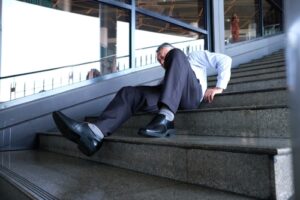
What if the property owner claims they didn’t know about the hazard?
Property owners cannot escape liability through ignorance claims. Florida law requires reasonable inspections to discover dangerous conditions. Constructive knowledge through duration evidence or inadequate procedures may overcome actual knowledge defenses. The question becomes what reasonable care would reveal.
Can I recover compensation if I was partially at fault?
Yes, if you are 50% or less at fault under modified comparative negligence. Your recovery reduces by your fault percentage. Experienced attorneys minimize assigned fault by emphasizing owner negligence.
What damages can I claim in a slip-and-fall case?
Economic damages include medical expenses, lost wages, and future costs. Non-economic damages address pain, suffering, and diminished enjoyment. Severe cases may include ongoing care needs and permanent limitations. Documentation supports comprehensive recovery to address all impacts.
Do I need an attorney for a slip-and-fall claim?
While not required, representation typically improves outcomes. Insurance companies use experienced teams to minimize payouts. Attorneys level disparities through investigation, negotiation, and litigation preparation. Contingency arrangements remove financial barriers to quality representation.
How do I prove the hazard existed long enough for constructive notice?
Physical signs such as drying patterns, accumulated dirt, multiple footprints may indicate duration. Witnesses seeing hazards earlier, incident patterns, and maintenance gaps establish time passage. Each case requires evidence supporting constructive knowledge claims under Florida law.
Next Steps: Protect Your Rights After a Slip-and-Fall
Proving negligence after slip-and-fall accidents depends on evidence and deadlines. Every day without guidance potentially weakens claims as proof disappears. Taking action preserves your rights to pursue compensation.
Our Sarasota team investigates hazards, preserves records, and presents fact-driven claims under Florida law. We help pursue compensation while you focus on recovery. For a consultation about your accident, call (941) 735-4529.
Hale Law brings fifth-generation Florida roots and trial experience to slip-and-fall cases. Our team handles proving negligence through evidence-based advocacy. From investigating local businesses to presenting claims meeting legal standards, we work to help injury victims pursue compensation for preventable accidents.
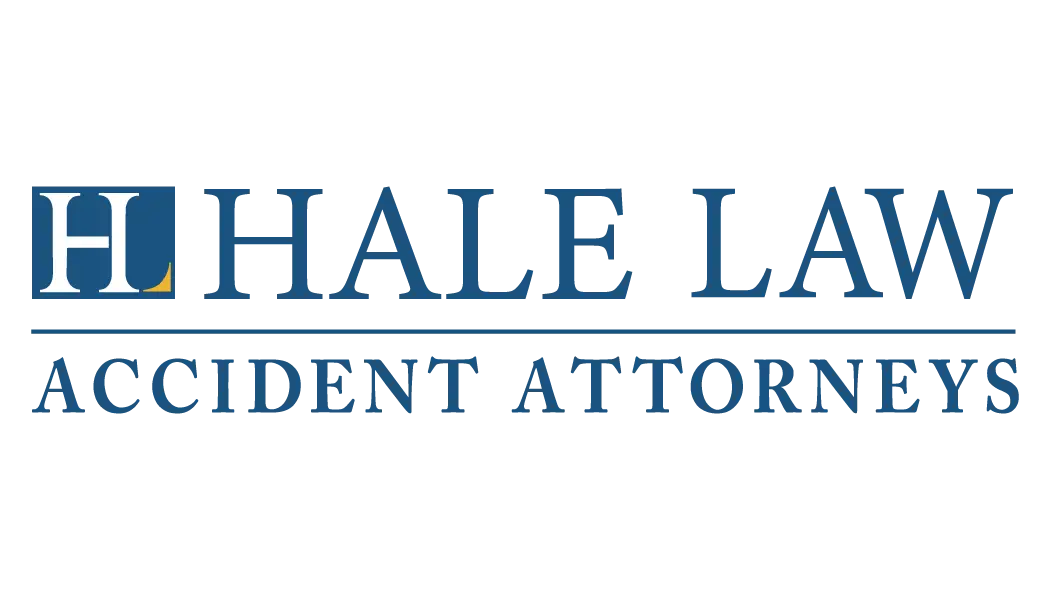
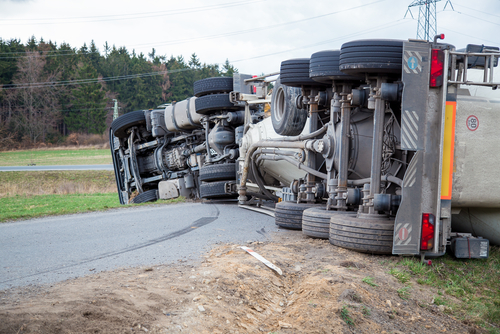
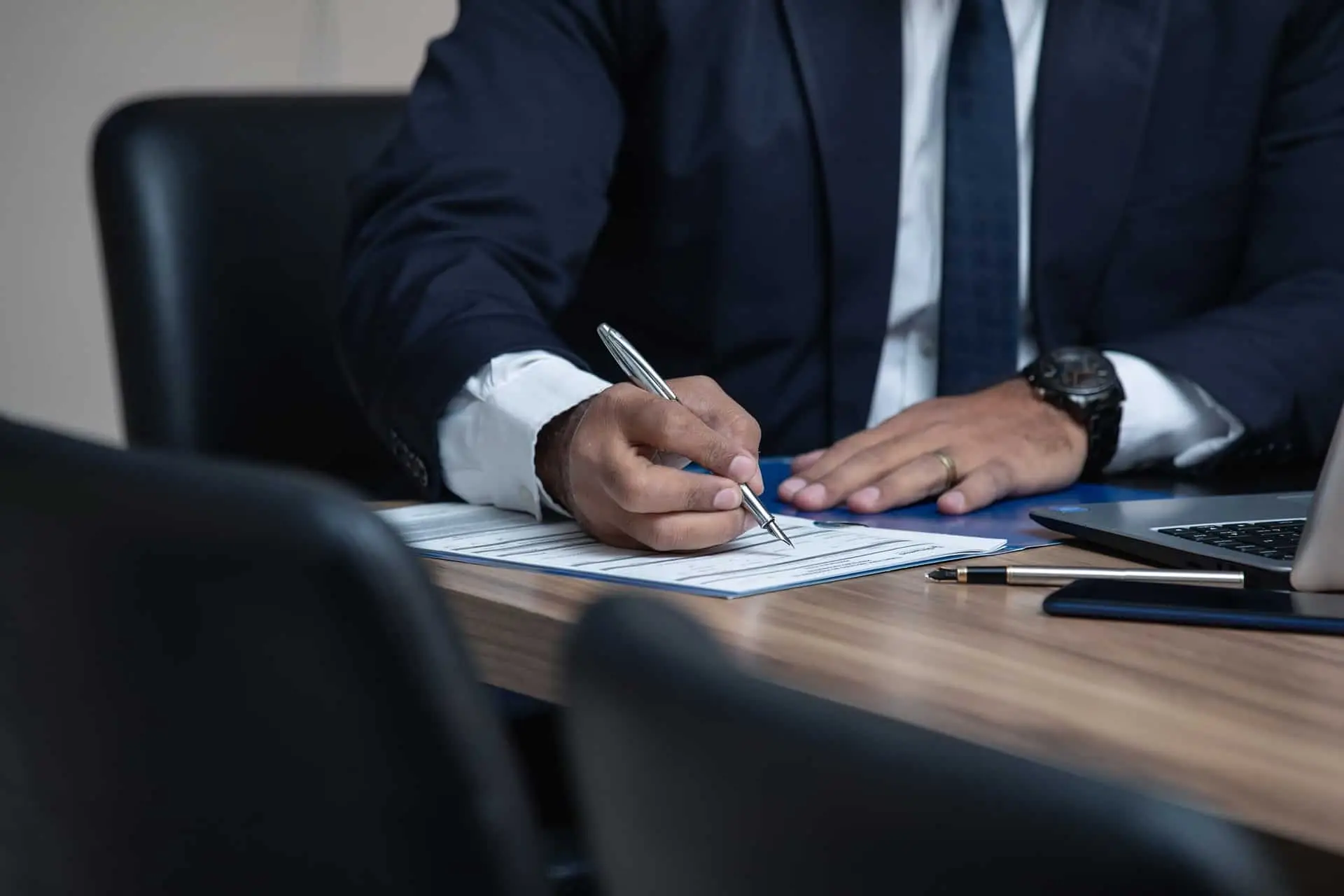
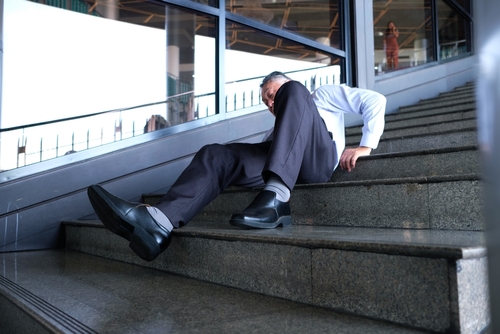


 Sarasota
Sarasota Lakewood Ranch
Lakewood Ranch Port Charlotte
Port Charlotte Brandon
Brandon Bradenton
Bradenton Venice
Venice